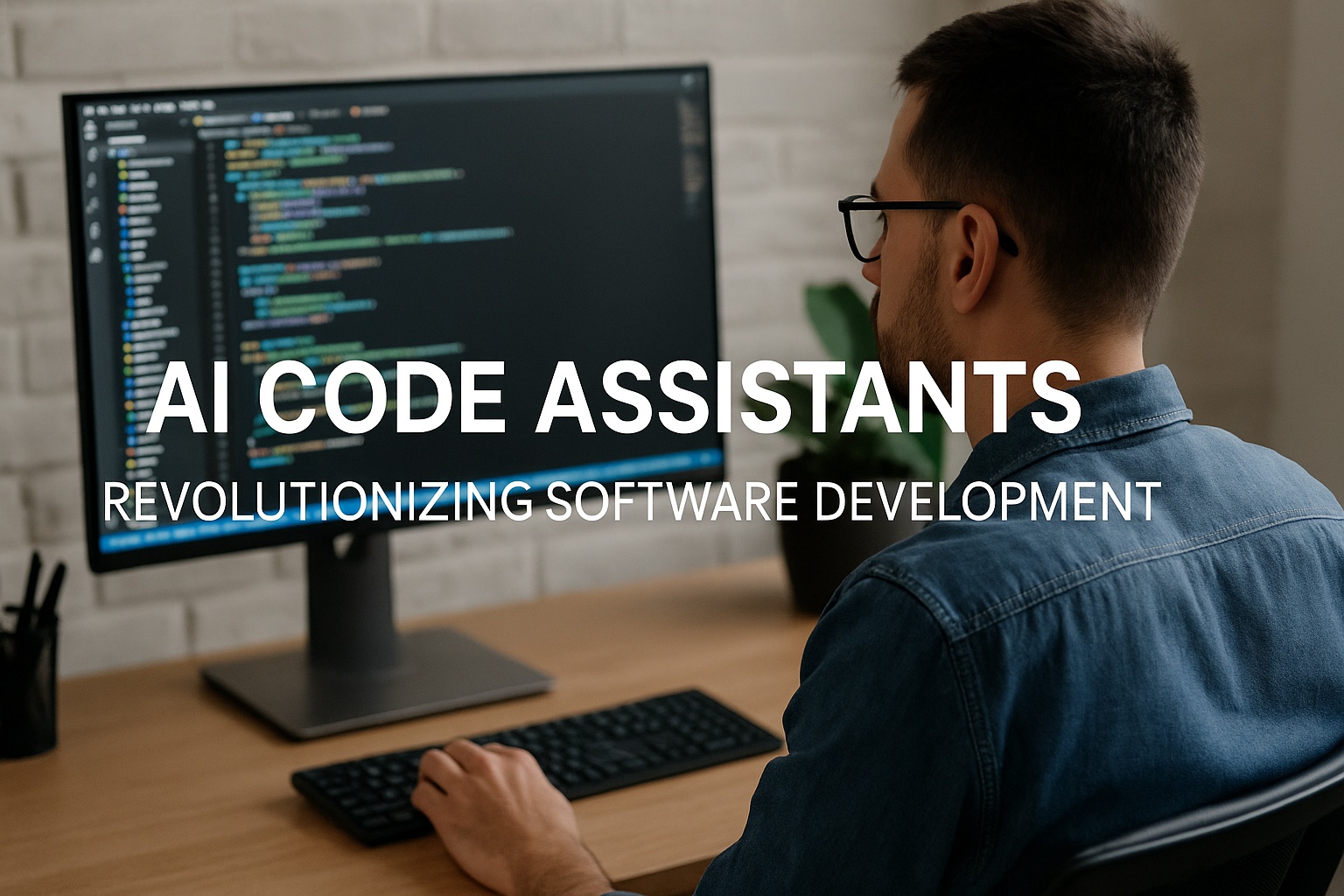Introduction
Artificial Intelligence has been shaking up every industry imaginable, and software development is no exception. AI Code Assistants are quickly becoming an essential tool for developers—streamlining code writing, reducing bugs, and even helping junior devs learn as they go.
From GitHub Copilot to Amazon CodeWhisperer, AI-powered tools are transforming the way we write, review, and deploy code. With search interest skyrocketing (a 4,250% increase recently, according to Exploding Topics), it’s clear that these tools are more than just a trend.
What Are AI Code Assistants?
Understanding the Basics
An AI Code Assistant is a machine learning-based tool that helps developers write, debug, and optimize code by providing intelligent suggestions in real-time.
Some popular AI coding assistants include:
- GitHub Copilot (powered by OpenAI)
- Amazon CodeWhisperer
- Tabnine
- Cursor (an AI-first coding IDE)
These tools work across multiple languages and are typically integrated into IDEs like VS Code or JetBrains.
Why Developers Are Embracing AI Code Assistants
1. Boosting Productivity
AI Code Assistants significantly reduce development time by offering real-time code generation and suggestions.
2. Real-Time Error Reduction
They help catch syntax errors, security flaws, and inefficient code patterns as you type.
3. Skill Building for Juniors
New developers benefit from learning best practices through AI-guided coding assistance.
4. Better Collaboration
Teams enjoy more consistent code quality, better documentation, and faster peer reviews.
How AI Code Assistants Fit Into Dev Workflows

Seamless IDE Integration
Most assistants integrate directly with popular development environments:
- GitHub Copilot with Visual Studio Code
- Tabnine with JetBrains IDEs, Sublime Text, etc.
- Cursor as a standalone AI-powered IDE
Cross-Language Support
Supported languages include:
- Python
- JavaScript / TypeScript
- Java
- C#
- Go
- Rust
Example Workflow
Building a REST API? AI can help you:
- Generate boilerplate for endpoints
- Add input validation
- Suggest error handling
- Insert logging code
- Auto-generate comments
Real-World Use Cases
Startups
Lean teams accomplish more with fewer developers by harnessing AI assistance.
Enterprises
Large organizations use AI for standardization, onboarding, and automated documentation.
Freelancers
Freelancers enjoy faster delivery, reusable code templates, and improved consistency.
Challenges and Concerns
Security and Privacy
Using cloud-based tools requires caution to avoid exposing sensitive code or data.
Over-Reliance
Developers must avoid blindly accepting suggestions and continue honing their own skills.
Legal & Ethical Issues
There are questions around copyright and ownership when AI generates code based on public data. For more on this topic, check out our related post: The Ethics of AI-Generated Content.
The Future of AI in Software Development
More Than Just Code Suggestions
Expect AI to expand into testing, deployment, refactoring, and architecture analysis.
Human + AI Collaboration
AI won’t replace developers—it will empower them. Teams that collaborate with AI effectively will lead the way.
Better AI Customization
Custom-trained AI assistants tailored to a company’s codebase are emerging for higher compliance and accuracy.
Final Thoughts
AI Code Assistants are redefining how we build software. Whether you’re a beginner or seasoned engineer, these tools offer significant value—but they must be used wisely. The key is balancing automation with education, efficiency with responsibility.



